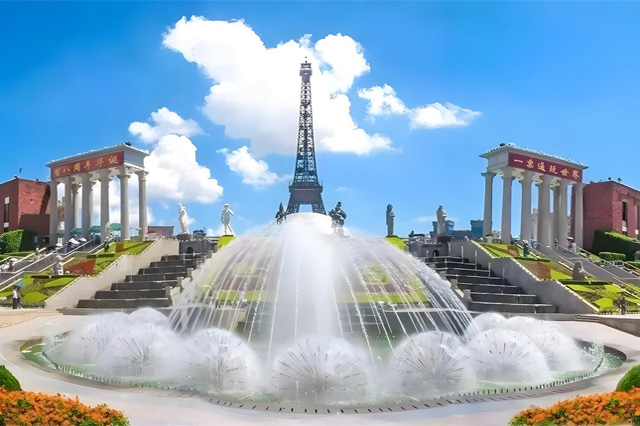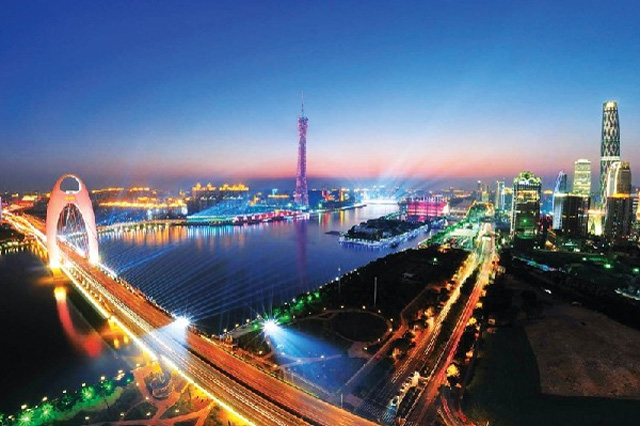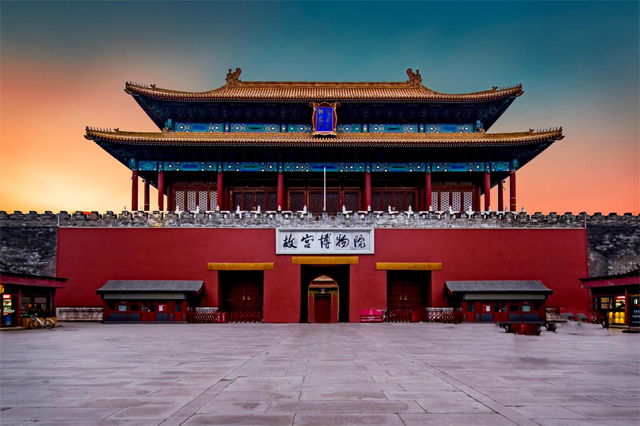Lhasa top ten tourist attractions list, enjoy the plateau culture and beautiful landscape!
- China Tourism
- 2025-03-24 08:58
- 404
Lhasa, also known as Luoge and Sunlight City, is one of the first batch of national historical and cultural cities. It is famous for its beautiful scenery, long history, unique customs and customs, and strong religious colors. Lhasa, which means "holy land" in Tibetan, is the capital city of the Tibet Autonomous Region, the political, economic, cultural, scientific and educational center of Tibet, and the holy land of Tibetan Buddhism. Next, I will give you a summary of the top ten tourist attractions in Lhasa to enjoy the plateau culture and beautiful landscape!
1. Potala Palace
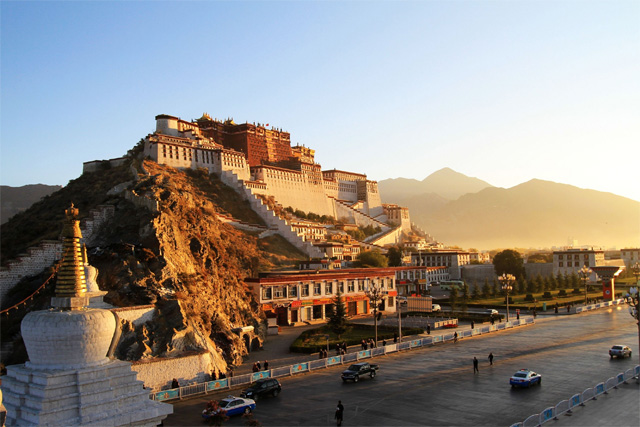
The Potala Palace was built in the 7th century by the Tibetan king Songzan Ganbu for the Tang Dynasty Princess Wencheng who married far away in Tibet. The Potala Palace is located on the Red Mountain in the center of Lhasa. The highest point is 3767.19 meters above sea level. It is also the highest ancient palace in the world. From the entrance to the top of the mountain, there are more than 900 stone steps. The Potala Palace is composed of two parts: the Red Palace and the White House. The Red Palace is in the middle, and the White House runs across the two wings. It is a magnificent building integrating palaces, castles, mausoleums and temples.
2. Jokhang Temple
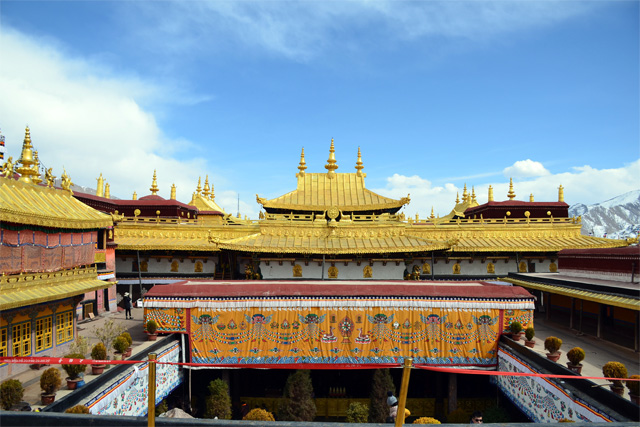
The Jokhang Temple is located in Barkhor Street, the old city of Lhasa, Tibet. It was built in 647 AD. It was built by the Tibetan king Songtsen Gampo to commemorate Princess Wencheng's entry into Tibet. It is a national key cultural relic protection unit with a history of 1350 years. The Jokhang Temple is the most glorious building of the Tubo period in Tibet, and it is also the oldest existing civil structure building in Tibet. It created the Tibetan Pingchuan-style temple layout. The Jokhang Temple combines the architectural styles of Tibet, Tang, Nepal and India, and has become a model of Tibetan religious architecture through the ages.
3. Roblinka
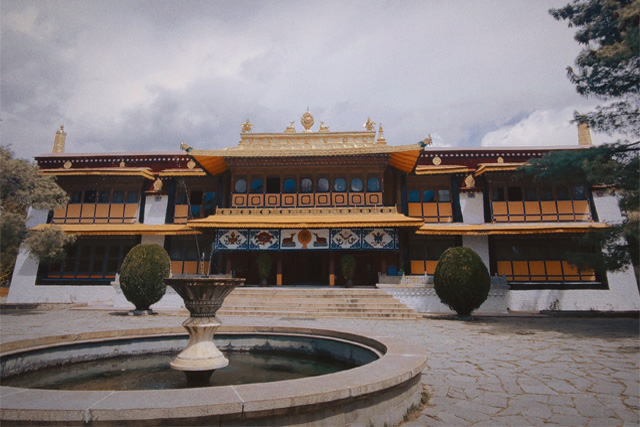
Luobrinka, which means "baby garden", is located in the western suburb of Lhasa, Tibet. It was built in the 1840 s (Dalai VII). It is a typical Tibetan style garden where the Dalai Lama of all dynasties has been governing in summer. With Gesang Pozhang, Golden Pozhang and Daden Mingjiu Pozhang as the main body, Roblinka architecture has 374 rooms. It is the largest, best scenic and most historic garden in Tibet.
4. Namtso
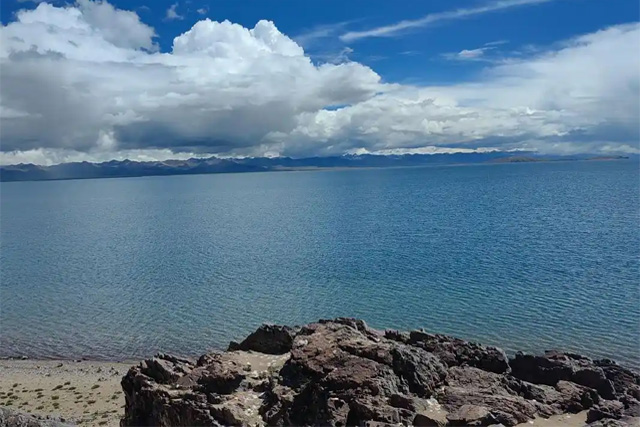
Namuco is located on the Qinghai-Tibet Plateau, known as the "Roof of the World". It belongs to the "Qinghai-Tibet Plateau Lake Area" of China's Great Lakes Region. It is located between Dangxiong County in Lhasa City and Bangor County in Naqu City. The lake covers an area of 1940 square kilometers and is the highest in the world. Large saltwater lake. Tashi Peninsula, the core scenic spot of Namtso, has profound cultural heritage and beautiful natural landscape. It is the best choice to experience Tibetan culture and plateau lakes.
5. Drepung Monastery
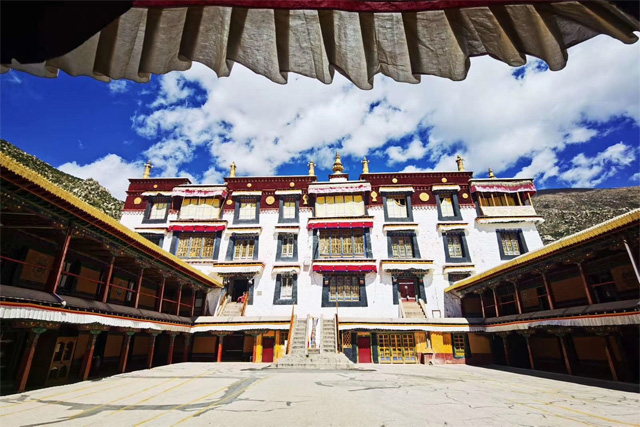
Drepung Monastery is one of the six major temples of the Yellow Religion. Its original name is Auspicious Eternal Ten Square Zunsheng Prefecture. It means "Dui Mi Temple" or "Ji Mi Temple" in Tibetan, and its full name in Tibetan means "Auspicious Ji Mi Ten Square Zunsheng Prefecture". Drepung Monastery is located in the depression on the southern slope of Genpei Wuzi Mountain, about 10 kilometers from the western suburbs of Lhasa City. It was founded in 1416 by Jiangyang Quji-Zhaxi Bandan, a disciple of Zong Kaba, the founder of the Yellow Religion. Drepung Monastery, Gandan Monastery and Sera Monastery are known as the three major temples in Lhasa.
6. Yaowang Mountain
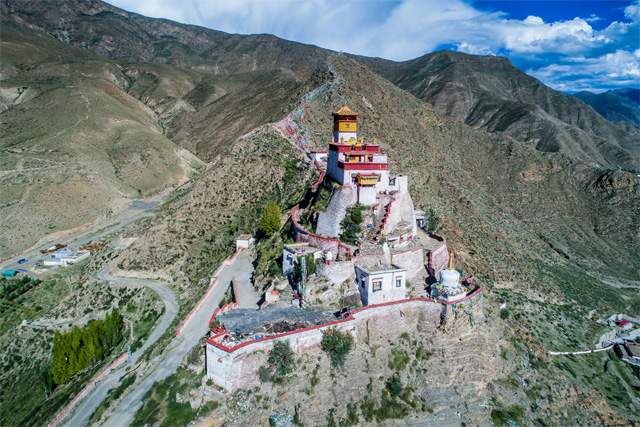
The Tibetan name of Yaowang Mountain is "Jiabo Day", which means "Mountain at the corner of the mountain". It is located on the right side of the Potala Palace and is 3725 meters above sea level. The Yaowang Mountain is supplied with the Yaowang Bodhisattva, and the Zhaopi Pen Cave Temple on the top of the mountain is inhabited by the professional medical lamas. Yaowang Mountain is a place that integrates religion, culture and history. It integrates grottoes, temples and Tibetan medicine houses, showing profound historical heritage and unique natural beauty.
7. Mount Mira
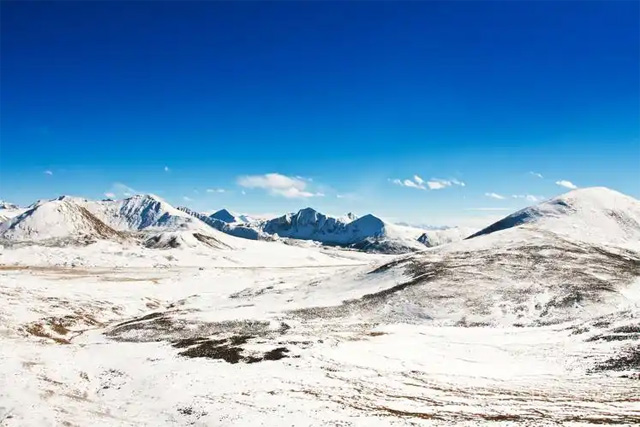
Mira Mountain: also known as "Jiage Jiangzong", meaning "God Mountain". The Mira Pass at an altitude of 5018 meters, commonly known as "Mangxiongla", translated as "Red Valley Mountain", is the boundary pass between Lhasa and Nyingchi. Mount Mira has become a sacred mountain in the minds of Tibetans here because of its grandeur and grandeur. Large tracts of magnificent wind-horse flags are hung on the mountain pass, and the ground is covered with scattered Ronda paper printed with scriptures.
8. Barkhor Street
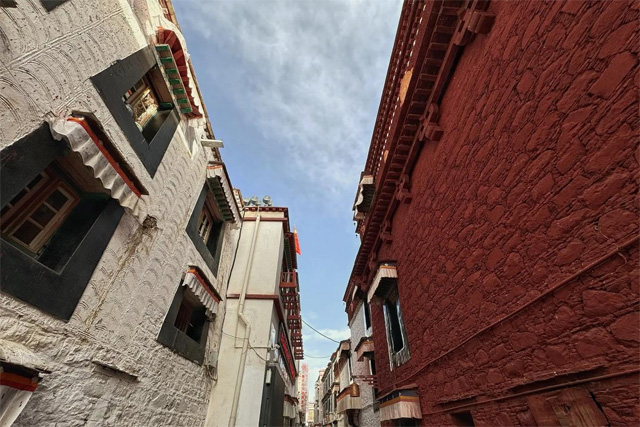
Barkhor Street, also known as Bajiao Street, is located in the Chengguan District of Lhasa City. It is a famous transit and commercial center in Lhasa. It is also the earliest and most prosperous street in the history of Lhasa. It fully preserves the traditional appearance and living style of the ancient city. Barkhor Street was built for the construction of the Jokhang Temple, and was built and developed with the development of the Jokhang Temple. It has a history of more than 1300 years.
9. Sera Monastery
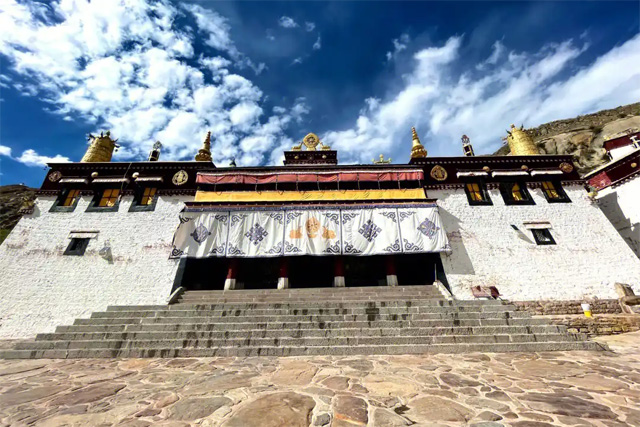
The full name of Sera Monastery is "Sera Dacheng Temple", one of the six main temples of the Gelug Sect of Tibetan Buddhism. With Drepung Monastery and Gandan Monastery, it is the latest of the three monasteries built in Lhasa. The temple was built in 1419 by Zongkhapa's disciple Yiqinchej Sakyonsi with the support of Liu Wuzong aristocrat Langkasangbu. In the early 18th century, Gushi Khan expanded Sera Monastery, making it one of the six major Gelug monasteries.
10. Tibet Museum
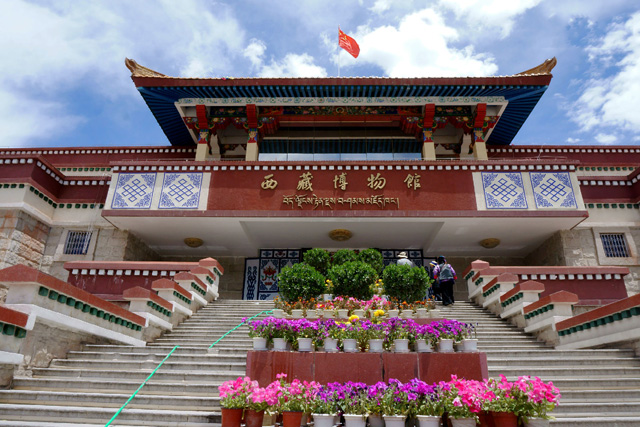
The Tibet Museum is adjacent to the world cultural heritage site-Lobrinka. It is the only national first-class museum and the largest modern comprehensive museum in the Tibet Autonomous Region. The architectural design of Tibet Museum adheres to the concept of "traditional appearance and modern interior". It has distinctive characteristics of Tibetan traditional architectural art, and at the same time deeply embodies the practical characteristics and artistic charm of modern architecture. The Tibet Museum has a rich collection of cultural relics and rich characteristics, highlighting the distinctive sense of the times, innovation and national characteristics.
This article is edited and published by Journey Mark. If you have any questions, please feel free to contact us at any time.
Article Link:https://www.topvvv.com/en/China/71.html

